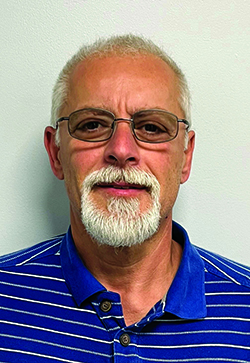When is the best time to offer system upgrades? Is it when the opportunity presents itself during a service call, preventative maintenance (PM) call, or sales call? The opportunities will always present themselves through diagnostic testing and educating the consumer about what you discover.
Once you uncover an issue through diagnostics, document whether the service, installation, or sales departments performed those issues. Now is the time to become a teacher. This means finding ways to explain your results to the customer in ways that they’ll understand. That is the subject of other articles. Learn more here: ncilink.com/CustEd.

The Difference Between You and Competitors
A question to ask yourself is, when it comes to system upgrades, what types of diagnostic testing could you perform that gives you degrees of separation from your competitors?

helps you to stand out from the crowd.
Let’s start with the most basic air diagnostic test: Total External Static Pressure (TESP). Measuring TESP is the same as having a doctor hook you up to a sphygmomanometer to record your blood pressure. Measuring TESP means hooking up a manometer instead. This measurement may uncover hidden opportunities that have gone unnoticed for years.
Besides testing TESP, other measurements will help you find and diagnose issues. Measuring pressure drops (∆P) across system components is one. Another is measuring temperature loss/gain through the duct system. You can also measure airflow across coils and heat exchangers.
Combustion testing and analysis are also important to the system upgrades approach. These tests can show potentially dangerous situations for occupants because of duct leakage or positive/negative pressures that can create carbon monoxide (CO).
Based on the above, what potential opportunities could you be missing? Here are a few to think about:
Measured TESP May Reveal the Following Upgrade Opportunities:
- Add more return air ducts using the NCI Duct Sizing Chart
- Add more supply air runs or, as I say during my seminars, sometimes a duct system needs Pressure Relief Valves
- Change the constant speed fan motor for an OEM variable speed motor
- New redesigned and balanced duct system.
Click Below for the Next Page:













Recent Comments